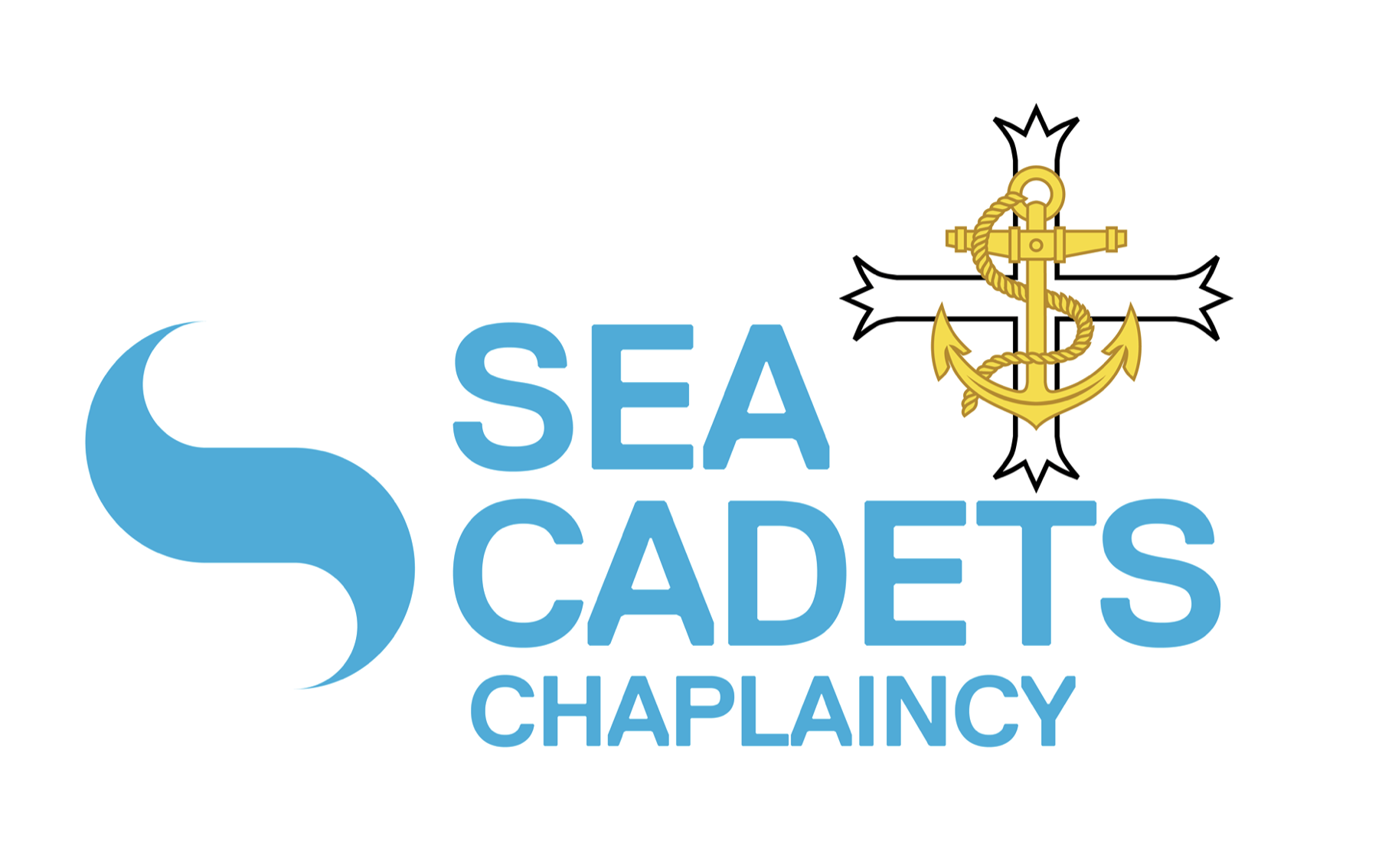2.8. A History of the Sea Cadet Corps
Sea Cadet history is one of the topics of Cadet training so you will find a wealth of information online with a simple search, some of these, such as the Prezi detailed here, have been made by Cadets themselves:
https://prezi.com/qrr_tb4kmz2x/history-of-the-sea-cadets
As evidenced by the Corps’ Wikipedia History entry, reproduced here, the development of the Corps has been in a piecemeal and largely haphazard fashion:
1854 Beginnings in Whitstable Kent with the formation of Naval Lad’s Brigades
1899 Queen Victoria gave the Windsor unit £10 to purchase uniforms (officially the birthday of the Corps)
1900+ Formation of the Navy League, a national organisation with a membership of 250,000 dedicated to supporting the Royal Navy, which subsequently adopted the Brigades in 1910.
1914: The Navy League applied to the Admiralty for recognition of its 34 Boys' Naval Brigades. This was granted in 1919 subject to an annual efficiency inspection by an officer on the staff of the Admiral Commanding Reserves, and the title Navy League Sea Cadet Corps was adopted.
1937: Lord Nuffield gave £50,000 to fund the relaunch and expansion of the Sea Cadet Corps.
1939: At the start of World War II here were almost 100 Sea Cadet Units in the UK with more than 10,000 Cadets
1940: In June the Navy League purchased an old sailing vessel and renamed her TS Bounty. She was fitted out to accommodate 40 Cadets. In July weekly courses started for Cadets from all Units. These ended in September and the ship closed down.
1941: The shortage of visual and wireless ratings in the Royal Navy led to special three-week training courses being run on board TS Bounty for Sea Cadets, to qualify them more quickly for entry into the RN. This made good use of the training and skills they had already gained in the Cadets and meant a considerable saving in training time for the Admiralty.
1942: The 1941 scheme had caught the Admiralty’s imagination. As a result, the Admiral Commanding Reserves took over the training role, HM King George VI became Admiral of the Corps, Officers were granted appointments in the RNVR and the Corps was renamed the Sea Cadet Corps. A huge expansion to 400 Units and 50,000 Cadets coincided in many towns with Warship Weeks, so the newly formed Unit took the same name as the adopted warship. The Admiralty now paid for uniforms, equipment, travel and training, while the Navy League funded sport and Unit headquarters. In the same year, the Girls' Nautical Training Corps was formed as part of the National Association of Training Corps for Girls, with Units mainly in southern England.
1948: The Sea Cadet Council was set up to govern the Corps, with membership from the Navy League and the Royal Navy, and a retired Captain took on the task of supervision, first as Secretary to the Council and later as Captain, Sea Cadet Corps.
1952: HM The Queen became the SCC patron with HRH the Duke of Edinburgh as the Admiral of the Corps
1954: The Commandant General, Royal Marines asked permission to form a Marine Cadet Section that could be fitted into the existing organisation and the Council agreed to this. December 1954- the first MC detachment was opened in Bristol Adventure unit. By 1964 the Section had expanded from the original five Detachments to 40. Today there are 98.
1963: The Girls' Nautical Training Corps became affiliated to the Sea Cadet Corps, in many cases sharing the same premises with local Units.
1972: Juniors were introduced to the Sea Cadets
1976: The Navy League was renamed the Sea Cadet Association since support of the Sea Cadets and Girls’ Nautical Training Corps had become its sole aims.
1980: The admission of girls into the Sea Cadet Corps was approved and the Girls’ Nautical Training Corps ceased to exist as a separate body, but until 1992 was called the Girls’ Nautical Training Contingent.
1999: Centenary parade in Windsor attended by HM The Queen
2004: In November the Sea Cadet Association merged with the world's oldest seafarers' charity The Marine Society to form a new charity The Marine Society & Sea Cadets.
